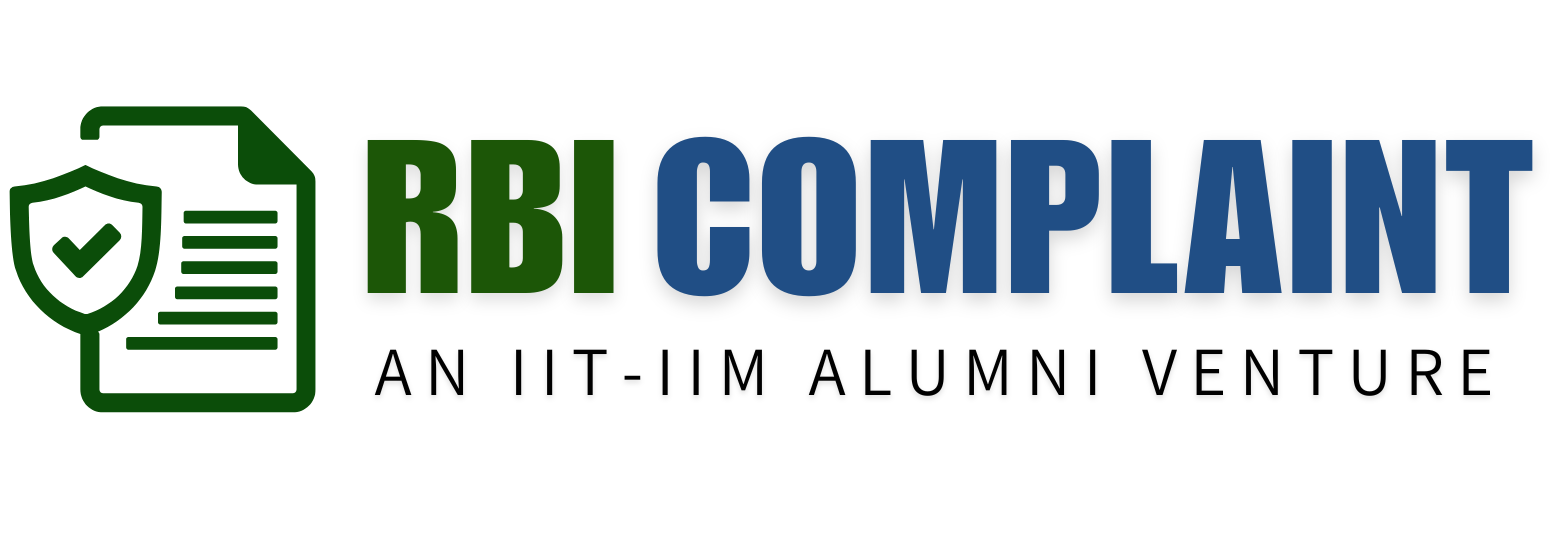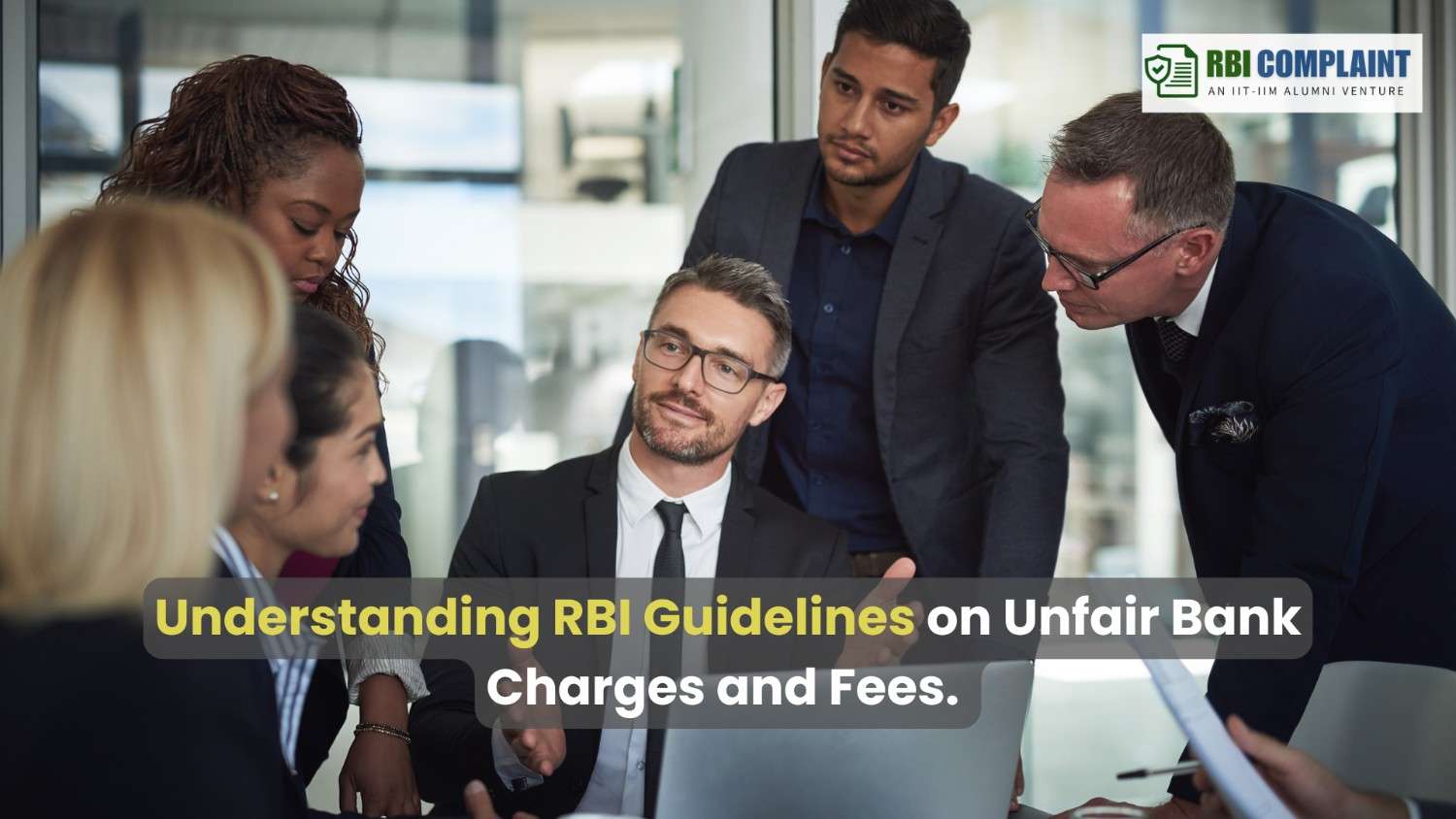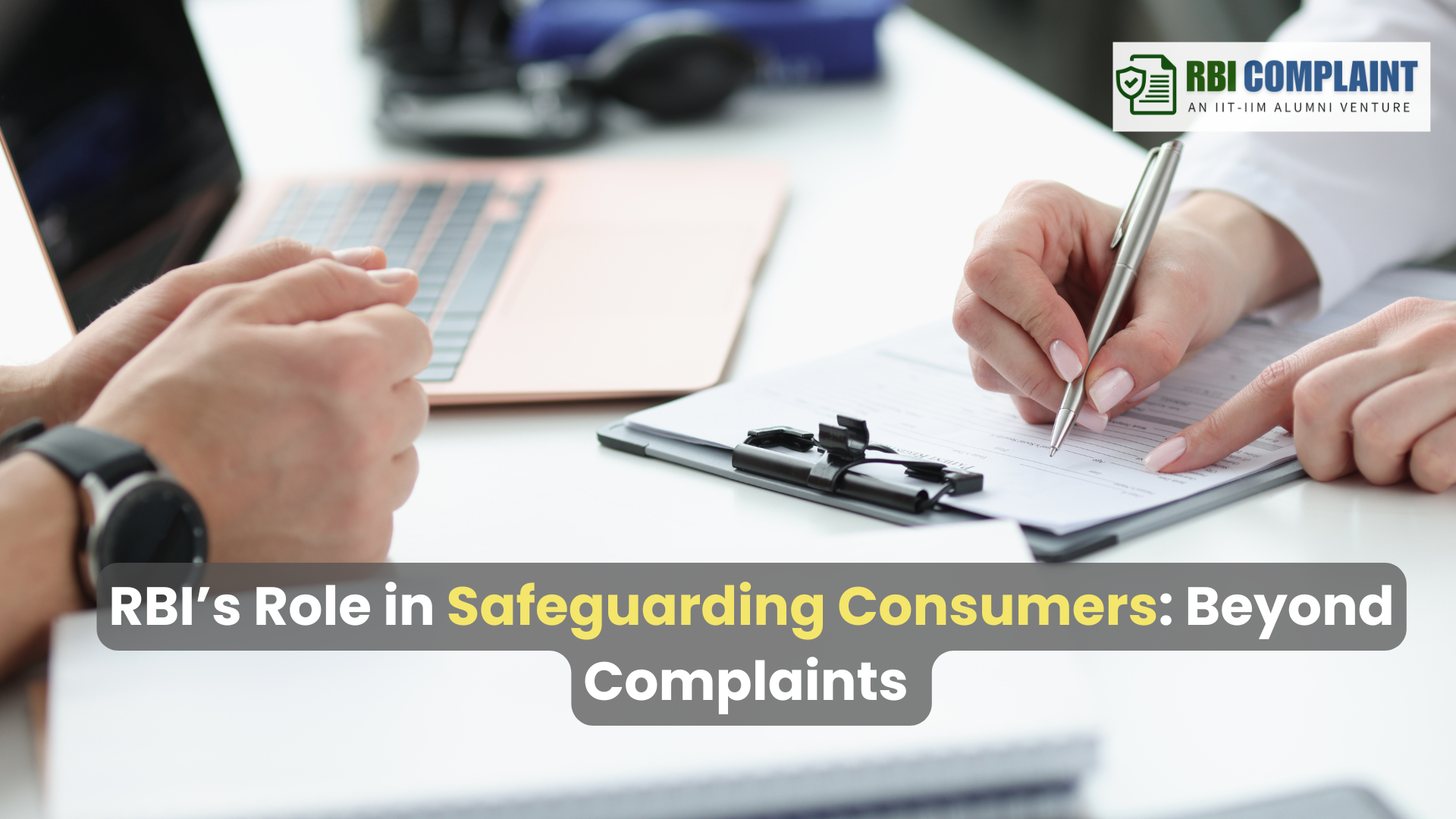· Loan Recovery Practices · 6 min read
Understanding RBI Guidelines on Loan Recovery Practices
Get a clear understanding of RBI guidelines on loan recovery practices, including fair collection methods, borrower protections, and lender responsibilities under the law.
.T75TIjnH.jpg)
The Reserve Bank of India (RBI) has established comprehensive guidelines governing how banks and financial institutions conduct loan recovery activities. These regulations aim to balance the legitimate interest of lenders in recovering their dues while ensuring that borrowers are treated with dignity and fairness. As incidents of harassment and coercive recovery tactics have made headlines over the years, the RBI has progressively strengthened its regulatory framework to protect borrower rights without compromising the financial system’s integrity.
The Evolution of RBI’s Recovery Guidelines
The RBI’s approach to regulating loan recovery practices has evolved significantly:
2008: First comprehensive guidelines on engagement of recovery agents
2015: Enhanced regulations following increased complaints about aggressive recovery methods
2019: Introduction of the Fair Practices Code for NBFCs
2022: Updated guidelines with stricter compliance requirements and penalties
These guidelines apply to all regulated entities including scheduled commercial banks, NBFCs, and housing finance companies.
Key Components of RBI Recovery Guidelines
1. Due Diligence in Recovery Agent Selection
Financial institutions must exercise thorough due diligence when engaging recovery agents:
Proper Verification: Banks must verify the antecedents, credit history, and character of recovery agents
Formal Agreement: A written agreement must specify the terms of engagement and code of conduct
Training Requirements: Recovery agents must undergo mandatory training at institutes certified by the Indian Institute of Banking and Finance (IIBF)
Certification: Only certified recovery agents can be employed for recovery activities
2. Appropriate Communication Practices
The RBI has strict guidelines about how and when borrowers can be contacted:
Calling Hours: Borrowers should be contacted only between 7:00 AM and 7:00 PM unless special circumstances require otherwise
Privacy Respect: Borrowers’ privacy must be respected at all times
Communication Records: All communication with borrowers must be properly documented
Language Guidelines: Communication must be in a language understood by the borrower and free from intimidation
Contact Limitation: Excessive calls or visits are prohibited
3. Prohibited Recovery Practices
The RBI explicitly prohibits several recovery tactics:
Physical/Verbal Harassment: Any form of threat, intimidation, or physical violence
Public Humiliation: Putting loan default notices in public places or contacting individuals not connected to the loan
Misleading Representation: Recovery agents cannot misrepresent themselves as bank officials or claim false authority
Inappropriate Contact: Approaching borrowers at inappropriate hours or contacting them at funerals, weddings, or other sensitive occasions
Unprofessional Behavior: Using abusive language, making threatening calls, or sending intimidating messages
Seizing Assets: Taking possession of property without legal authorization
4. Transparency Requirements
Financial institutions must maintain transparency throughout the recovery process:
Disclosure at Origination: Loan agreements must clearly explain recovery procedures
Notice Period: Adequate notice must be given before initiating recovery actions
Fee Disclosure: Any recovery-related charges must be disclosed in advance
Identity Disclosure: Recovery agents must clearly identify themselves and the institution they represent
Authorization Letter: Agents must carry the bank’s authorization letter and valid identification
5. Grievance Redressal Mechanism
A robust complaint handling system is mandatory:
Dedicated Channel: Banks must establish dedicated channels for borrowers to report recovery-related grievances
Response Timeline: Complaints must be addressed within specified timeframes, typically 30 days
Escalation Matrix: A clear escalation process must be established and communicated to borrowers
Nodal Officer: Banks must appoint a nodal officer responsible for recovery-related complaints
Periodic Review: Management must regularly review recovery-related complaints
Institutional Accountability Framework
The RBI places ultimate responsibility for recovery practices on the lending institutions:
Direct Accountability: Banks are directly responsible for the actions of their recovery agents
Board Oversight: The bank’s board must approve the recovery policy and review its implementation
Compliance Audits: Regular audits of recovery practices are mandatory
Record Maintenance: Detailed records of recovery actions must be maintained
Regular Training: Periodic training of recovery personnel is required
Penalties for Non-Compliance
The RBI has strengthened penalties for violations:
Financial Penalties: Substantial monetary penalties can be imposed on non-compliant institutions
Business Restrictions: Restrictions on certain banking activities may be imposed
Reputation Risk: Public disclosure of violations affects institutional reputation
Criminal Liability: In extreme cases, criminal charges may be filed under relevant laws
Compensation Orders: Banks may be ordered to compensate borrowers for improper recovery actions
SARFAESI Act and Legal Recovery Mechanisms
The Securitisation and Reconstruction of Financial Assets and Enforcement of Security Interest Act, 2002 (SARFAESI Act) provides a legal framework for secured debt recovery:
Legal Authorization: The Act allows secured creditors to take possession of secured assets without court intervention
Procedural Compliance: Specific procedures and notices must be followed
Borrower Safeguards: Several provisions protect legitimate borrower interests
Appeal Mechanism: Borrowers can appeal to the Debt Recovery Tribunal
RBI Oversight: Even under SARFAESI, RBI guidelines on dignified treatment apply
Special Provisions for Microfinance Institutions
Microfinance institutions have additional guidelines:
Group Guarantees: Limitations on using group guarantees for coercive recovery
Collection Practices: Specific regulations on collection at group meetings
Interest Caps: Limits on interest rates and penalties
Overcollection Prevention: Systems to prevent multiple lending and overcollection
Sensitivity Training: Special training for dealing with vulnerable borrowers
Digital Lending and Recovery
With the rise of digital lending, the RBI has introduced specific guidelines:
Digital Recovery Communication: Rules governing electronic communications for recovery
App-Based Collection: Guidelines for using apps and digital platforms in collections
Data Privacy: Strict data protection requirements during digital collection
Consent Requirements: Explicit consent needed for digital recovery communications
Algorithm Oversight: Monitoring of automated collection algorithms for fairness
Borrower Rights and Responsibilities
The RBI framework establishes clear rights for borrowers:
Right to Dignity: To be treated with respect throughout the recovery process
Right to Information: To receive complete information about recovery procedures
Right to Grievance Redressal: To have complaints addressed promptly
Right to Privacy: To have their personal information protected
Right to Fair Treatment: To be free from harassment and intimidation
Simultaneously, borrowers have responsibilities:
Loan Repayment: Honoring repayment commitments as per agreement
Communication: Maintaining open communication with lenders about financial difficulties
Cooperation: Reasonable cooperation with legitimate recovery efforts
Documentation: Maintaining proper loan documentation
Reporting Violations: Reporting improper recovery practices to appropriate authorities
Best Practices for Lenders
The RBI encourages lenders to adopt best practices:
Early Intervention: Reaching out to borrowers at early signs of distress
Restructuring Options: Offering viable restructuring to deserving borrowers
Customer Education: Educating borrowers about the consequences of default
Professional Training: Regular training of recovery staff
Technology Integration: Using technology to improve recovery processes while maintaining compliance
Regular Audits: Conducting independent audits of recovery practices
Reporting Recovery Violations
If borrowers face improper recovery practices, they can:
Bank Grievance Cell: File a complaint with the bank’s grievance cell
Nodal Officer: Escalate to the bank’s nodal officer for recovery complaints
RBI Complaint: Submit a complaint through RBI’s Complaint Management System (https://cms.rbi.org.in)
Banking Ombudsman: Approach the Banking Ombudsman if the bank’s response is unsatisfactory
Legal Remedies: Pursue legal action under consumer protection or criminal laws in cases of harassment
The RBI’s guidelines on loan recovery represent a balanced approach that acknowledges both the lender’s right to recover legitimate dues and the borrower’s right to dignity and fair treatment. By establishing clear rules of engagement, transparent processes, and accountability mechanisms, these guidelines contribute to a healthier financial ecosystem.
For borrowers, understanding these guidelines provides protection against improper recovery practices. For financial institutions, adhering to these guidelines not only ensures regulatory compliance but also builds customer trust and institutional reputation. As digital lending continues to evolve, the RBI is likely to further refine these guidelines to address emerging challenges while maintaining the fundamental principles of fairness, transparency, and respect in the recovery process.
The most effective loan recovery ultimately balances firmness with fairness, combining professional persistence with ethical conduct to create sustainable financial relationships that benefit the entire economic system.



